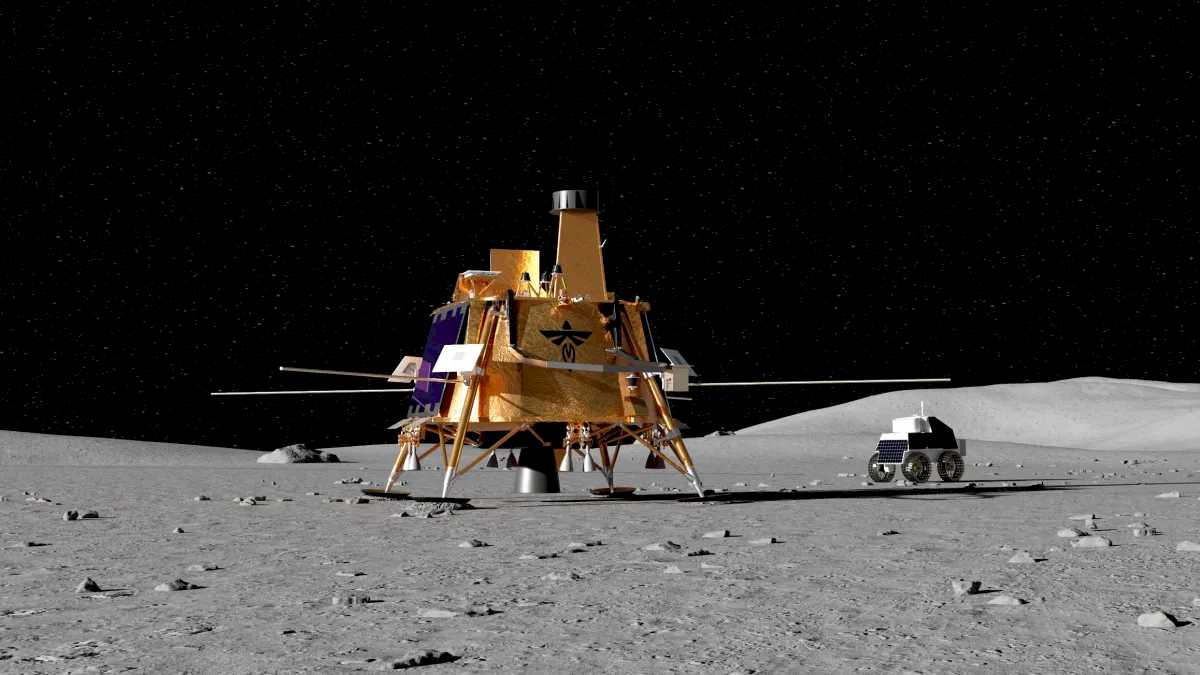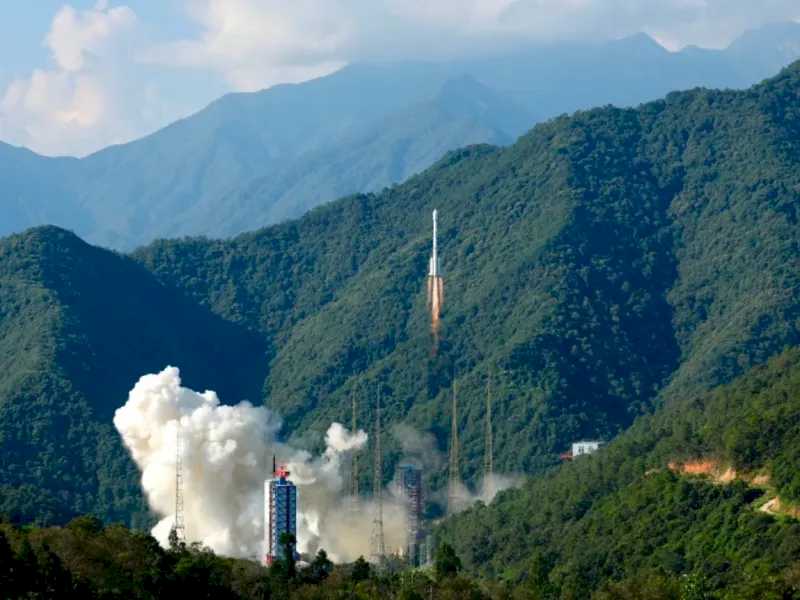Navigating the legal landscape of #space mining: interpreting international space law ?
As I write this, NASA’s Psyche #spacecraft is making its long journey to an asteroid named 16 Psyche. When it arrives, it may confirm the presence of minerals which, when multiplied by the current market rate, hold an astonishing theoretical value of around $100 quintillion. This, of course, ignores the basic economic principle of supply and demand, but highlights the immense mineral wealth that exists within our cosmic backyard.
In reality, it is unlikely that terrestrially abundant materials will be mined and brought back to #Earth. Instead, we may see #businesses aiming to source and use materials in space that are otherwise rare or too expensive to extract and transport from the Earth’s crust.
Space mining may also be used to prolong missions. As humans voyage further into outer space, it becomes increasingly important to be able to generate usable products with local materials. This practice is called in-situ resource utilization.
Making commercial space mining a viable reality will rely on a whole series of technological advances and an understanding of the relevant legal framework. As an intellectual property professional, I am interested in both these aspects. Patents are national intellectual property rights, but the matter of applying these national laws and rights to space is a still-developing area.
From a national perspective, the United States, Japan, and perhaps more surprisingly, Luxembourg and the United Arab Emirates, have enacted national laws permitting ownership of extracted space resources. Although, as far as I am aware, only the U.S. has enacted a specific provision linking patents, jurisdiction and territory for space technology. With the uncapped potential for growth that outer space provides, other countries will likely introduce similar legislation to the U.S. in order to encourage development while the sector is still nascent.
The Outer Space Treaty (1967)
The bedrock of space law remains the Outer Space Treaty (OST), which was made effective in 1967. Its wording reflects the tensions at the time. While the OST primarily achieved its objective of avoiding violence in outer space, its drafters could not foresee every development that would take place. Legally, one of the main obstacles for commercial space mining today is the issue of appropriation.
As stated in Article II of the OST, “Outer space, including the moon and other celestial bodies, is not subject to national appropriation by claim of sovereignty, by means of use or occupation, or by any other means.”
There are various interpretations of what national appropriation means in the context of resource extraction from celestial bodies. Although the scope of Article II remains unclear, it is unlikely that it was intended to impose an outright ban on resource acquisition and ownership in outer space. Given the Cold War-era context in which the OST was drafted, the fundamental goal of Article II was likely an attempt to prevent national sovereign claims of territory in space, rather than to restrict the use of its resources.
Artemis Accords (2020)
The Artemis Accords, a set of principles primarily concerned with sustainable space exploration and use, were first established in October 2020. According to NASA, the “Artemis Accords reinforce that space resource extraction and utilization can and will be conducted under the auspices of the Outer Space Treaty, with specific emphasis on Articles II, VI, and XI.”. Notably, section 10, paragraph 2 of the Artemis Accords stipulates that “the extraction of space resources does not inherently constitute national appropriation.” This is perhaps the first time that the national appropriation contained in the OST has been directly addressed. Although some level of clarification has been provided, the definition of what particular resource-extracting activities would constitute national appropriation remains to be determined.
One provision of the Artemis Accords that may prove to be problematic in a legal sense is the provision of so-called safety zones around mining sites. Even though space is essentially infinite, the reality is that there will be competition for the same resources, such as water and helium-3 on the moon. The purpose of the zones is to enhance safety of space missions and prevent conflict in proximity operations. Signatories to the Accords have committed to four guiding principles when creating safety zones. The principles relate to size, scope and duration, while being supplemented by provisions on information disclosure. However, given their relatively novel nature, limited literature exists to define their exact scope and definition with regard to mining.
It will be interesting to see how the concept of safety zones will be employed in space mining. The mines and the surrounding safety zones may need to be addressed more coherently in view of Article II of the OST. For example, a situation could arise where latecomers are excluded from prime mining areas by other nations, thereby giving rise to de facto national appropriation.
Perhaps we can look towards the Antarctic Treaty and the Prior-appropriation Water Rights Doctrine for an insight into how the issue of mining on the moon will be tackled, as both conceptualize land ownership in a way that is analogous to outer space, and they tackle the issue of resource extraction.
Distinguishing resource extraction from appropriation
The prevailing mindset is that extraction of outer space resources can be lawful in view of Article II of the OST, as long as you don’t claim ownership of any territory. An analogy can be drawn to fishing in international waters. No one can make a claim to own international waters, but if you sail out to sea, cast a net and catch some fish, you own those fish — as long as you haven’t done so in a way that violates any governing treaty, like the United Nations Convention on the Law of the Sea and the Seabed Act. So, looking back to space, if you are on the moon and you extract some water, in theory, you own that water — as long as your activities have not violated any treaties governing space.
Since the OST was enacted, the clouds are slowly parting as to what constitutes appropriation in outer space. Based on the adoption of the Artemis Accords, which promote resource acquisition and use, by a number of space faring nations (48 signatories as of Nov. 13, 2024), it is clear that many countries and businesses alike have aims to acquire resources in outer space.
The idea of asserting sovereignty or ownership of a celestial body is generally repudiated by the international space community. In light of this, I am interested to see how patents, which are territorial rights, will be enforced in space. Given the high-tech nature associated with space mining, and the large amounts of capital and investment required by companies operating within it, space mining companies will expect appropriate enforcement mechanisms to be in place to prevent infringement of their patented innovations.
















Space news on Umojja.com